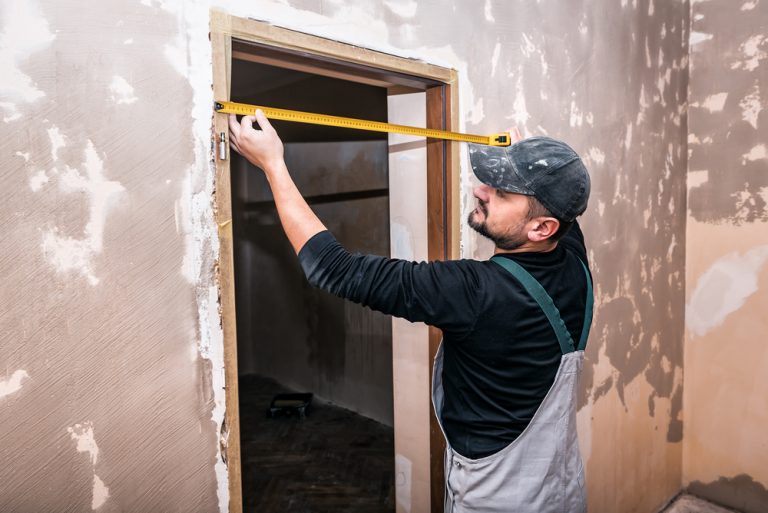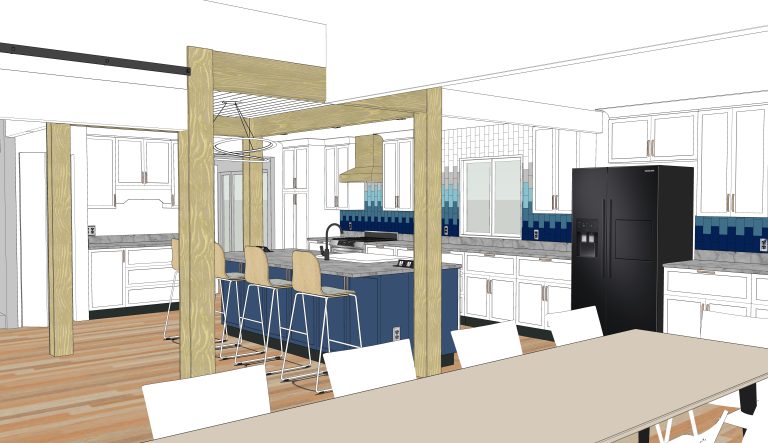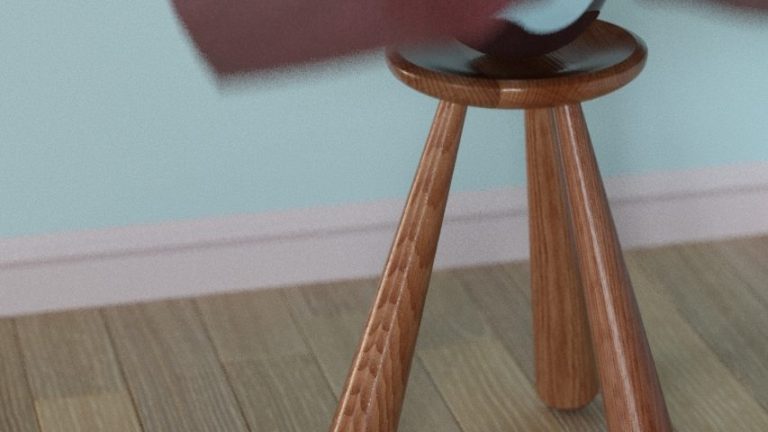Why Are Air Vents Near Windows (Updated for 2024)
Almost all my windows in my house have air vents over them. As soon as I noticed this I was stumped. What is the reason for placing air vents near windows?
Air vents are placed near windows to prevent drafty rooms. Windows are typically the coldest surface in a room, as air near a window is cooled it falls and creates uncomfortable drafts along the floor of the room. Air vents prevent this by warming the air before it has an opportunity to circulate. Air vents also help to warm any air leaking through a badly installed window, as well as “washing” windows to prevent condensation.
Preventing Drafts
The primary reason air vents are placed near windows is to prevent drafts. Windows are typically the coldest surface in any room, especially in older buildings. Even in new buildings with double pane glass, the r-value (a measure of how insulative something is) of the window is around 3 to 3.7. In comparison, a typical 2×4 stud wall with batting insulation will have a r-value of about 12.03! It’s easy to test this, put your hand on a window during the winter and you’ll feel how cold it is! Any air touching this window is cooling down fast. If we remember our high school physics class, hot air rises and cold air falls. This cold air is going to fall from your window to the floor and be pushed along the floor by the air that is coming right behind it. Very quickly a draft will be sucked straight along the floor. Having cold air pulling around our feet and ankles is very uncomfortable, as our bodies naturally want to have cool heads and warm feet. This effect reverses that, creating uncomfortable conditions for the inhabitants of a room.
“cold air is going to fall from your window to the floor, and be pushed along the floor by the air that is coming right behind it“
The solution to this, however, is quite easy. Simply having the hot air from air vents directed at the windows can massively reduce the draftiness. This phenomena is often the reason why old houses are so drafty. Old houses will often have windows with a lower r-value (less insulative), and often no forced air. These old houses are heated through radiators, which I love, except that they don’t do much for keeping the windows warm. To make matters worse, radiators are often near the floor. The hot air near the radiators will rise as the cold air near the windows will drop, only exacerbating the problem.
Preventing Condensation
Another reason vents are directed at windows is to prevent condensation. As warm air hits a much cooler surface, it will condense, leaving moisture on the surface. This is easily observable with a glass of ice water. The glass has moisture all around the outside of it – this moisture isn’t from the contents of the glass – it is from the warmer air condensing as it meets a cold surface. When windows are cold, they have the exact same reaction. Warm air is shot at the windows to help prevent this and keep the moisture in the air. This is called “washing” a window.
In Warmer Climates
If you are living in a warmer climate, you may never have seen air vents above windows. Air vents are directed at windows to prevent drafts created from the cold air near cold windows – in warmer climates this isn’t an issue. In warm climates you may notice that your air vents are nearer the middle of your room. This is because the air vent is used mainly to cool the room, not heat it. When cooling a room, it is most efficient to supply the cold air straight into the middle of the room. Another reason for this is that people often congregate at the edges of rooms. These edges tend to have the ‘average’ temperature, between the cold air from the supply vent and the warm air from outside. This average temperature is usually the most comfortable and what thermostats in houses typically measure.
Conclusion
Air vents are near windows for many reasons – the most common reason is to prevent condensation by warming the window, and to stop drafts before they begin. If you want to read more about this check out these links below (not affiliate links):
Subscribe to our newsletter for short and helpful industry tips!









Thanks for your blog, nice to read. Do not stop.